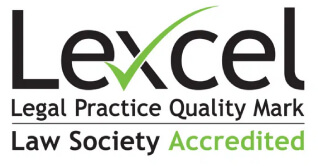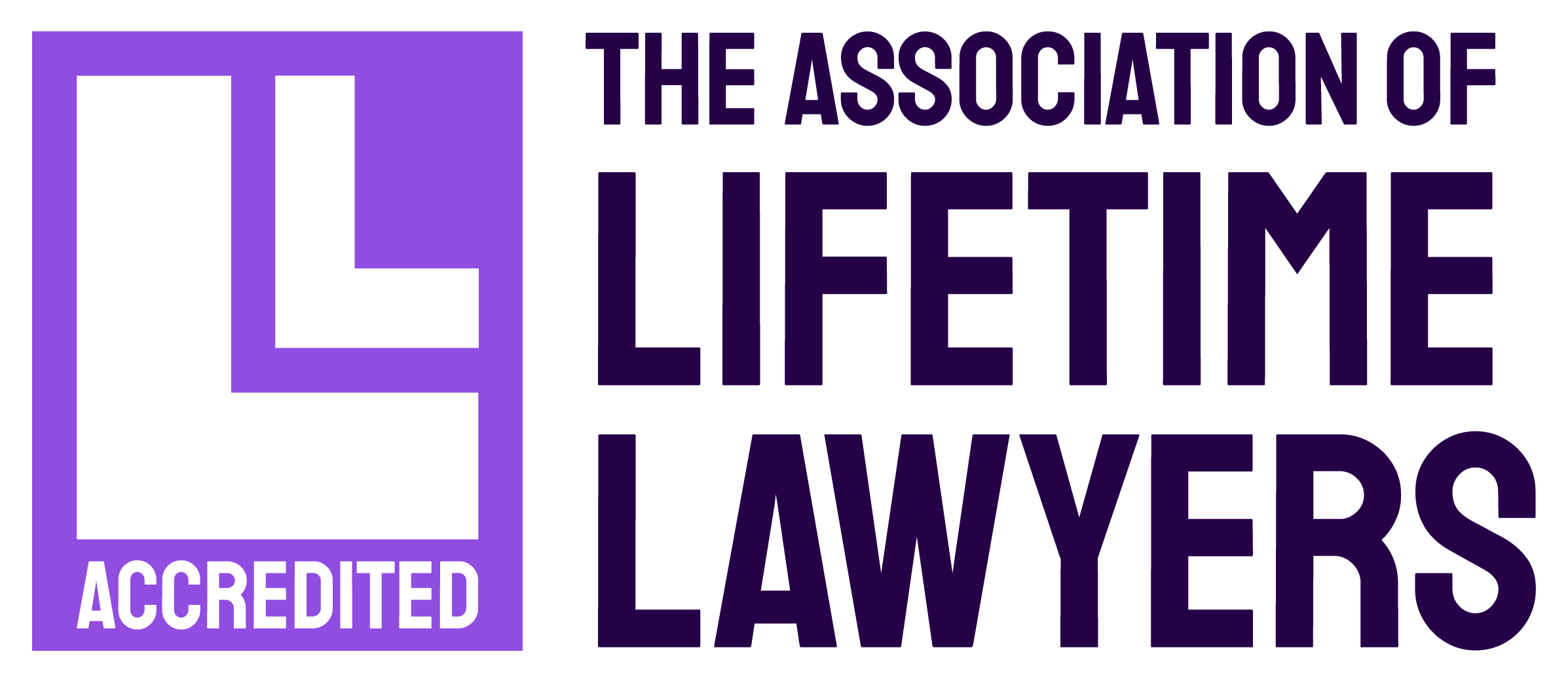Points to bear in mind
It’s important to be aware that permitted development rights that apply to projects commonly undertaken on houses don’t also apply to flats, maisonettes or other buildings.
The scope of work you can carry out on your house without needing planning permission includes improvements such as building a porch that’s less than 3m³, making internal alterations, converting up to 40m³ of loft space, and putting in dormer windows that don’t face the highway.
Restrictions may apply
Before you start making plans, you need to be aware that any space added since 1948 by previous owners counts towards your allocation under permitted development. In addition, prior planning applications for extensions to your home will need to be checked out, as it may be the case that planning permissions granted in the past, say to a previous owner for an extension, may have been granted on the basis that permitted development rights were then removed. It can also be the case that if you live in a new-build property, permitted development rights may have been removed from individual properties or even the whole development when planning permission was granted.
Permitted development
When it comes to building extensions, there are various parameters affecting what you can and can’t build without planning permission. For instance, you can extend a detached dwelling by 8m to the rear (6m if you live in a semi or terrace) if it’s a single storey or 3m if it’s double. Single storey extensions can’t be more than 4m in height to the ridge and eaves. Whatever you build must be in materials similar in appearance to the main structure.
Two storey extensions must not be closer than 7m to the rear boundary. An extension mustn’t result in more than half the garden being covered. There are also rules governing extensions to the side of a property, and no extension can project beyond or be added to the front of the house or an elevation which affronts the highway.
Balconies, verandas do not fall within permitted development. You need planning permission to construct a drive from non-porous materials such as tarmac. But you can construct a new driveway of porous materials, or non-porous materials if appropriate drainage is provided.
Designated areas
Permitted development rights are more restricted in certain areas of the country, so if you live in a conservation area, for instance, or an Area of Outstanding Natural Beauty, a National Park or the Norfolk or Suffolk Broads, then you will need planning permission for work that in other areas would not require permission.
In some parts of the country, the local planning authority have restricted permitted development rights on what’s called an ‘Article 4’ direction; if that’s the case, you may need to seek permission for work that elsewhere would fall within permitted development.
Changing the use of a building
You may have seen in the press that more and more former offices and agricultural building are being turned into homes through change of use regulation and permitted development rights. Once these changes have been made, any further plans to improve, alter or extend the homes created would require planning permission.
To keep within the scope of permitted development, you need to adhere to strict guidelines, so it makes sense to check with your local authority before starting work. You will still have to follow Building Regulations for some aspects of the work such as structural elements and electrical works. If you’re thinking of selling the property in the future, then you might want to obtain a Certificate of Lawful Development from your local planning authority confirming that any building work you’ve undertaken falls within the scope of permitted development. You can find a lot of useful information on planning matters on the government’s website planningportal.gov.uk.




















